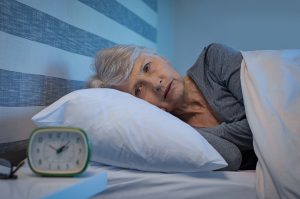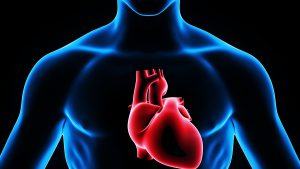Biological age is different from the chronological age said professor Morgan Levine from Yale Medical School. She is working in the department of pathology. She has found in her research that people of the same chronological age have very different biological ages. From a biological standpoint they may be much younger or older than their chronological age. When people are younger than their chronological age, they have less disease and less mortality. This article has reviewed the facts.
Measuring biological age
Dr. Levine also has developed tools how to determine the biological age. And when the biological age is higher than the chronological age, she recommends lifestyle changes that will set back the biological clock. We age differently according to what we eat, how our genetic make-up is, which we cannot change, whether we are physically active and what environmental toxins we are exposed to. So, the biological age determines our health status and what our final life expectancy will be.
Biomarkers for biological age
A simple blood test that your family doctor can order consists of the following. A fasting blood sugar, kidney and liver tests, immune tests and inflammatory tests. In addition the doctor will want to know whether you are smoking or not, how much alcohol you consume and how much red meat and processed meat you eat. A computer program processes these results, which determines your biological age.
Lifestyle improvements can lower biological age
Biological age testing has a strength built in. By changing your lifestyle you can lower it. When you exercise more regularly and switch to eating a Mediterranean diet you can lower your biological age. Other studies have shown that the Mediterranean diet is anti-inflammatory. A telomere test, which also determines the biological age, is fixed. It is not easily changed by dietary measures and increasing your exercise.
Dr. Levine said: “I think the most exciting thing about this research is that these things aren’t set in stone.”
Putting the biological age to the test
Dr. Levine was curious what her own biological age was. She entered her blood test data and lifestyle facts into the computer. She was surprised that her biological age was not as good as her first assumption. Now she is trying to get more sleep, has increased her exercise level and improved her diet.
Her research team is working on getting the algorithm online so that everyone will be able to put one’s blood tests and other data into the computer program and calculate the biological age. The program will also recommend what steps are likely most helpful to increase one’s health and decrease the biological age.
Lower your biological age
No one wants to live a long life, if they are in pain and have various illnesses like arthritis or Alzheimer’s. But things are different, if they can change lifestyle factors and maintain a low biological age for a long time. Now they can stay active, have no pains and are able to contribute to society.
“By delaying the onset of diseases and cognitive and physical functioning problems people can still be engaged in society,” Dr. Levine said. “I think that is the ideal we should be striving for.”
Other literature about biological age
Inflammation increases the biological age
In this publication the authors stressed that inflammation is the common denominator for developing disease and premature aging. The authors stress further that it is mandatory to change one’s lifestyle to lower the biological age and live longer.
Diastolic blood pressure predicts mortality
In an older study the diastolic blood pressure was related to mortality. The higher the diastolic blood pressure was, the higher the mortality. The authors also noted that it was the persons with the higher biological age who were at the highest risk of dying.
Scientific study about the predictors for the biological age
Here is a scientific study that examines predictors for the biological age. This is not easy reading, but I placed it here for completeness sake.
Link to a site that can calculate your biological age
Here is a link to a site that calculates your biological age. It is probably not as good as Dr. Levine’s computer analysis will be when it is available. However, it is a good approximation to what it will be like.
Conclusion
The dream of staying younger for longer is not new. Research has shown that we actually can do something about it. If we look after our lifestyle, don’t smoke, don’t drink excessively, eat a sensible Mediterranean-type diet and exercise regularly, our biological age will be less than our chronological age. It is the biological age that determines how old we get and whether or not we will suffer from age-related illnesses. Researchers also found out that when your biological age is younger than your actual age mortality will occur later. The math is simple. Let’s assume that your biological age is 15 to 20 years younger than your chronological age. As the average life expectancy presently is 80 years, your life expectancy can increase to 95 or 100 years.












